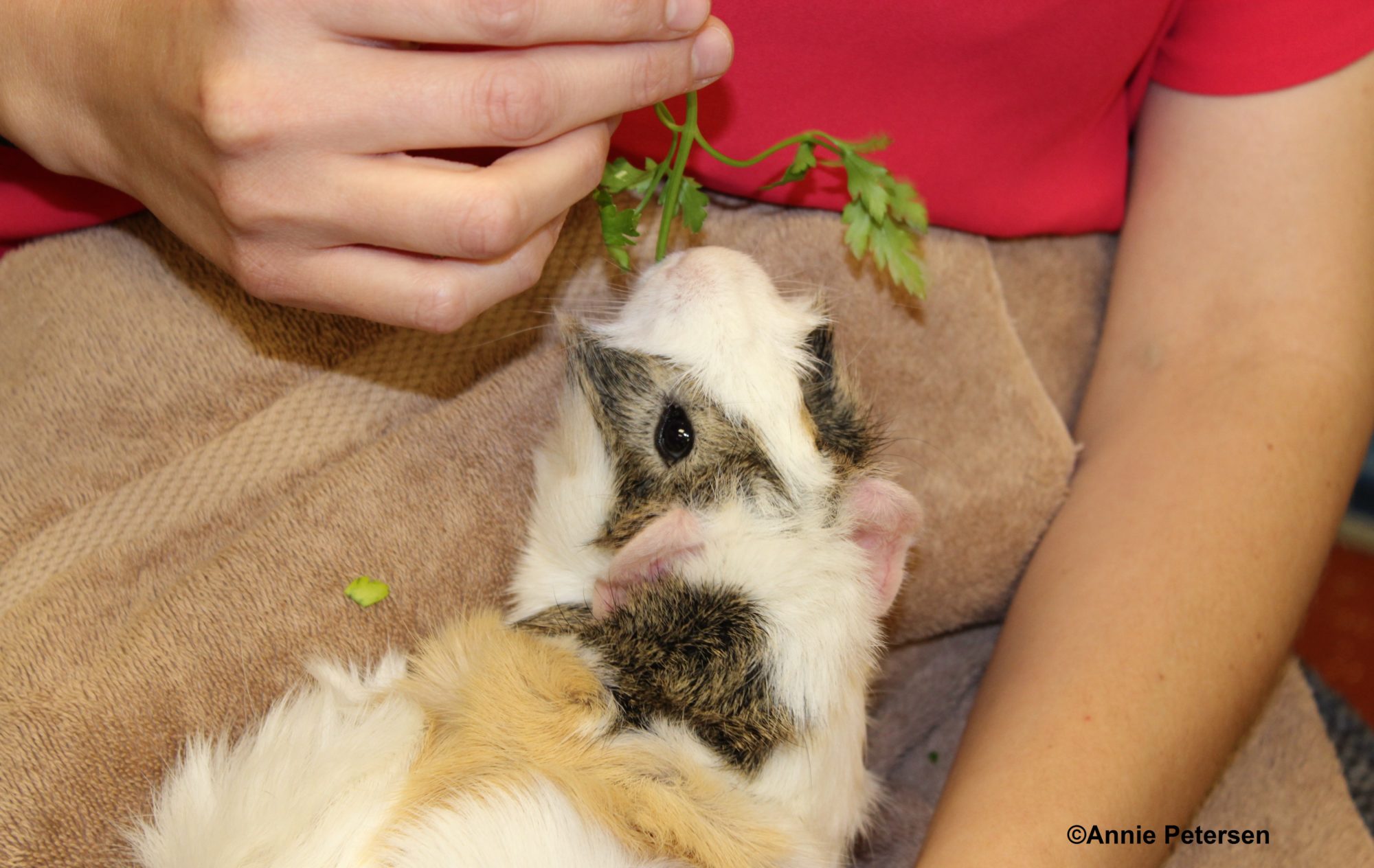Poster presentation by Heather C. Lum, Nicole Nau, and Kymberly McClellan, Penn State Erie, the Behrend College – ISAZ 2013
The “Black Dog” syndrome is a phenomenon in which black dogs and cats are seen as less desirable, less adoptable, and more likely to be euthanized. This has been seen anecdotally by animal shelter workers for years but given the limited detailed records that many shelters keep, there is little empirical evidence of this. This study examines how our opinions towards pets may be influenced by their color.
Sixty-five participants (24 males, 42 females, M=21.09, SD=7.20) completed the study. Participants were shown pictures of both cats and dogs of varying colors and breeds and answered questions relating to perceived attributes about the animal including whether the animal was friendly, aggressive, and adoptable.
There was a main effect for friendliness. Further analysis revealed that the white cat was considered the friendliest followed by the orange cat, while the black cat was the least friendly. Similarly, the yellow dog was considered the friendliest while the brown dog was second, and the black dog was last. This trend also held true for the perceived adoptability such that the lighter colored pets were considered more adoptable than the darker colored ones. Lastly, there was a main affect for aggression. The black dog was considered the most aggressive followed by the brown dog, and the yellow dog.
The results of this study do indeed indicate a bias in opinions of different colored dogs and cats. By researching this problem, we may be one step closer to answering the question of why some dogs and cats are seen as less adoptable than others which could lead to adoption programs dedicated to addressing and resolving this issue through education and outreach.


